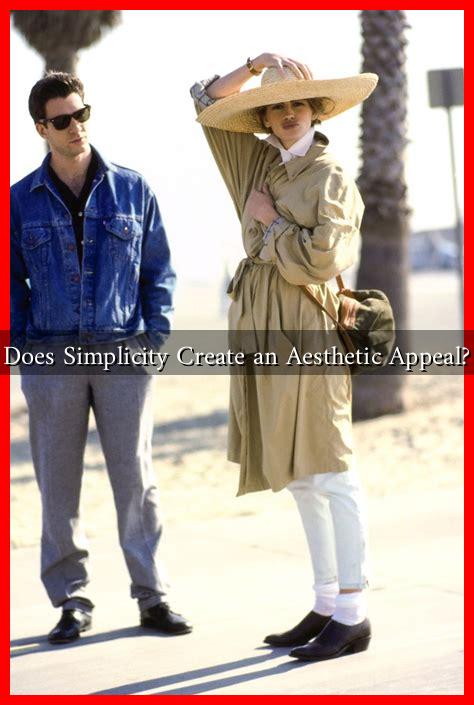-
Table of Contents
Does Simplicity Create an Aesthetic Appeal?
In a world increasingly dominated by complexity and information overload, the allure of simplicity has never been more pronounced. From design to lifestyle choices, the principle of simplicity often emerges as a key factor in creating aesthetic appeal. This article explores the relationship between simplicity and aesthetic appeal, examining its implications in various fields such as art, design, and architecture.
The Philosophy of Simplicity
Simplicity is not merely about minimalism; it is a philosophy that emphasizes clarity, functionality, and beauty. The concept can be traced back to various cultural and philosophical traditions, including Zen Buddhism, which advocates for a life free from clutter and distraction. The idea is that by stripping away the unnecessary, one can reveal the essence of beauty.
Why Simplicity Appeals to the Human Eye
Research in psychology suggests that humans are naturally drawn to simplicity. The “Aesthetic Usability Effect” posits that users often perceive simple designs as more usable and appealing. This phenomenon can be attributed to several factors:
- Cognitive Load: Simple designs reduce cognitive load, making it easier for individuals to process information.
- Emotional Response: Simplicity often evokes positive emotions, leading to a more favorable perception of the object or design.
- Timelessness: Simple designs tend to age better, remaining relevant and appealing over time.
Examples of Simplicity in Design
Numerous examples across various fields illustrate how simplicity can enhance aesthetic appeal:
- Apple Products: Apple’s design philosophy emphasizes simplicity, evident in their clean lines and intuitive interfaces. The iPhone, for instance, is celebrated for its minimalist design, which has contributed to its widespread popularity.
- Architecture: The works of architects like Tadao Ando and Ludwig Mies van der Rohe exemplify the beauty of simplicity. Ando’s Church of the Light in Japan uses minimal materials to create a profound spiritual experience.
- Graphic Design: The logo of Nike is a prime example of simplicity in graphic design. The iconic “Swoosh” is instantly recognizable and conveys the brand’s ethos without unnecessary embellishments.
Case Studies: Simplicity in Action
Several case studies highlight the effectiveness of simplicity in creating aesthetic appeal:
- Google’s Homepage: Google’s homepage is famously simple, featuring a clean layout with minimal distractions. This design choice has contributed to its status as the most visited website globally, demonstrating that simplicity can enhance user experience and engagement.
- Muji: The Japanese retailer Muji embraces simplicity in its product design and branding. By focusing on functional, unbranded products, Muji appeals to consumers seeking a clutter-free lifestyle.
The Role of Simplicity in Art
In the realm of art, simplicity can evoke powerful emotions and provoke thought. Artists like Piet Mondrian and Donald Judd have shown that minimalism can convey complex ideas through simple forms. The use of basic shapes and limited color palettes allows viewers to engage with the artwork on a deeper level, often leading to personal interpretations.
Statistics Supporting Simplicity
Several studies underscore the importance of simplicity in design:
- A study by the Nielsen Norman Group found that users are 50% more likely to engage with a website that has a simple design compared to a cluttered one.
- According to a survey by Adobe, 38% of people will stop engaging with a website if the content or layout is unattractive, highlighting the importance of aesthetic appeal.
Conclusion: The Lasting Impact of Simplicity
In conclusion, simplicity undeniably creates an aesthetic appeal that resonates across various domains. By reducing cognitive load, evoking positive emotions, and promoting timelessness, simplicity enhances our experiences with design, art, and architecture. As we navigate an increasingly complex world, embracing simplicity may not only lead to more aesthetically pleasing outcomes but also foster a deeper connection with our surroundings. Whether in product design, architecture, or art, the principle of simplicity remains a powerful tool for creating beauty and meaning.
For further reading on the impact of simplicity in design, you can explore resources from Nielsen Norman Group.

